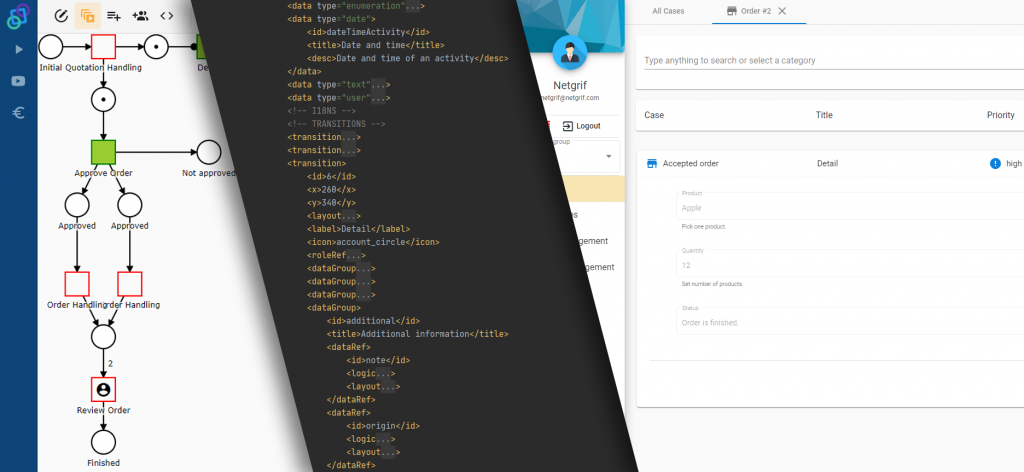Just think how long it takes to incorporate results of process design or optimization of a project into applications?
Frustrated application users, process analysts and developers, projects running out of time and budget, CxO losing patience with digital transformation concept – this could be a thing of past if there was a way to capture user and business requirements into a process model which actually gives developers all necessary details, is unambiguous and leaves guessing out of the process. Perhaps some tools claim it could be done but as we know “in theory there is no difference between theory and practice, in practice, there is” (my favourite quote from Yogi Berra).


In theory, a business process model represents the process in a detail sufficient for developers to deliver an application compliant with requirements. In practice, current DevOps practice is quite remote from business users, feedback loops from application deployment to analysts and architects in long and frequent iterations (yes, they are good!) will finally lead to the acceptable application but time – especially today when even most conservative companies try to digitize and digitalize what was neglected for years – is scarce.
Netgrif platform makes a promise of executable process models reality. The model includes all information needed to build an application including user interface, micro-services back-end, and integration with outside systems as well as DevOps stack. Requirements, model and code are tightly coupled.
All functional requirements are captured in a model based on Petriflow language and it can be initially populated by the simple import of BPMN model and expanded if needed in Groovy language directly in the model. This way, Netgrif offers a unique answer to never-ending discussions about no-code, low-code or rich-code approach: you decide what approach to take; Netgrif platform supports all these paradigms.
Netgrif data layer supports a mix of data originating from or destined for 3rd party systems via SOAP, REST or RPA interfaces. If you need additional data even when modelling a process around existing systems, you can avoid the pain of raising change requests to a vendor or a supplier and create whatever data types you need directly within the model. Netgrif platform uses MongoDB and Elasticsearch (other options available if needed) to manage all process instances at its data.
User interface built on Angular is created within the modeller as well, directly linked with the data layer and process model. Add users, roles, rights and the model is complete.
What is left is to deploy it to Netgrif Application engine and run it. Run it but also manage it. Netgrif platform provides process version control, user performance dashboards (yes, managers now can see exactly what people do and how a process performs), transparent logs to be used in the process mining and optimization phase and feeds data to a data warehouse or data lake if you want it to.
Makes some sense? So Happy New Year and think about how much faster you could have your business digital. We are here to help you.